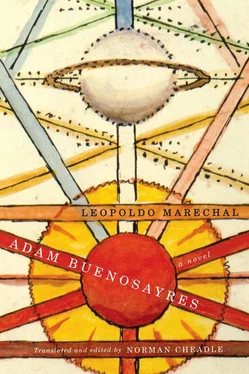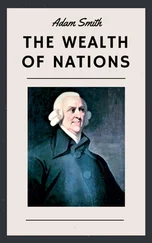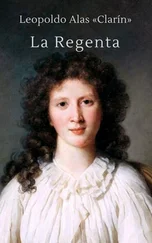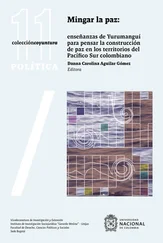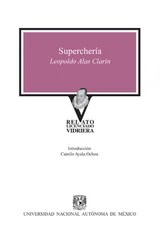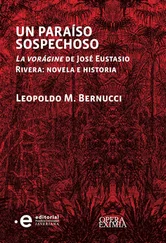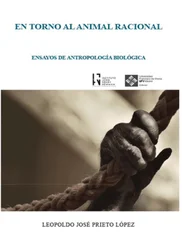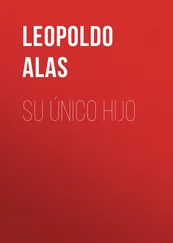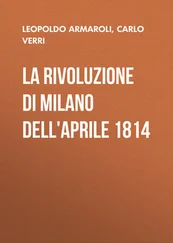10 “En el pingo del amor / quise jinetear un día, / creyéndome que sería / solamente escarceador.”
11 The model for the ensuing conversation is the Platonic dialogue, in particular The Symposium , where philosphers are seated around a table. The ideas expressed by Adam were earlier rehearsed by Marechal in his essay “Descenso y ascenso por la Belleza” (1933 and 1939), which elaborates a form of Christian Neoplatonism.
12 Borges, model for Luis Pereda, attended the Lycée Jean Calvin in Geneva as an adolescent.
13 In his hagiographic essay “Vida de Santa Rosa de Lima” (1943), Marechal begins Chapter V: “The saint is an imitator of the Word in the order of Redemption… Santa Rosa de Lima, more than anyone, gave herself over to the terrible imitation of the agony of Jesus Christ; and her mortifications were so severe that their mere description both amazes and frightens” ( OC II, 381; my translation). Navascués ( AB 371n) considers the analogy between poet/artist and saint to derive from Jacques Maritain’s Neo-Thomism. Marechal possessed the 1927 edition of Maritain’s Art et scholastique (1920).
14 “Aparcero don Tissone, / ya que me lo pintan franco / dígale a este servidor: / ¿Por qué el tero caga blanco?”
15 “Caga blanco el tero-tero, / ya lo ha dicho el payador, / porque, de juro, no sabe / cagar en otro color.”
BOOK FOUR, CHAPTER 2
1 Perramus was and continues to be a brand of high-quality, Argentine-made gabardine coat. A perramus (naturalized as a lower-case noun in common Argentine speech) was a status symbol. I am grateful to Professor Raquel Macciuci (Universidad Nacional de la Plata) for this information.
2 C.P.G. likely stands for Compañía Primitiva de Gas , established in 1910 with British capital.
3 Lenocinium . Latin word for brothel.
4 Camoatí : a Guarani word for a kind of wasp indigenous to river basins of the Paraná, Paraguay, and Uruguay.
5 Albas corpus : popular deformation of the legal principle Habeas corpus .
6 The cultural stereotype of the obtuse gallego causes the laughter here. See 637n5.
7 Schultz’s anti-Jewish slur here anticipates another in Book Seven, the “Journey to Cacodelphia” (see 675n50). There may be some basis for Schultz’s attitude in Xul Solar’s own racial views, at least in the 1920s. Ernesto Mario Barredo, recounting his interview with Xul in La Nación (29 October 1929), drops this comment, shortly after relating that Xul’s father was a German from the Baltic: “we get into a discussion about race. I [Barredo] don’t believe in Arians, and he [Xul] doesn’t altogether believe in Semites” (qtd. in Artundo 65).
8 The common etymology is dubious, according to Joan Corominas ( Diccionario etimológico hispánico [1954], vol. 1, under absolver ), but was once commonly accepted, as in Ramón Menéndez Pidal’s Manual de gramática histórica española (1904; 6th ed. 1940). Leo Spitzer, writes Corominas, considered the etymological connection “unnecessary” and “improbable” for both semantic and phonetic reasons. Whether Marechal himself accepted the common-etymology thesis is not clear; he may be poking fun indirectly at the erudition of Raúl Scalabrini Ortiz’s essay El hombre que está solo y espera (1930). If so, the mockery seems unjustified, as shown in this passage: “Bachelor [ soltero ] or married, the Man of Corrientes and Esmeralda is a man who is naked and alone [ solo ] within the verbal bastion of his skepticism, who is alone amid two million men and women who are alone” (75). The passage clearly distinguishes between bachelorhood and solitude, and in no way attempts to conflate the two.
9 Albert Londres (1884–1932), prototype of the investigative journalist, published Le Chemin de Buenos Aires in 1927, whose subject matter is la traite des Blanches , the trade in white female prostitution. Taking a quasi-anthropological approach, Londres penetrated the milieu of pimps and their women to describe how their world worked, while denouncing poverty as the real cause of prostitution. The reaction in Buenos Aires was righteous indignation, as reflected in Marechal’s characters. Even in 1994 the normally sober Barcia, in his footnote on Londres’s book (532n), cannot refrain from insulting it as a librejo [a poor excuse for a book]. But the librejo has always enjoyed enormous success. Sergei Eisenstein planned a film adaptation of it. The latest edition came out in 2010 (Brussels, Magallan & Cie).
10 Barcia (534n) finds an allusion here to Manuel Gálvez’s novel Hombres en soledad (1938) which, like Adam’s discourse in this passage, proposes a Catholic-Nationalist solution to the problem raised by Scalabrini Ortiz in El hombre que está solo y espera (1930).
BOOK FOUR, CHAPTER 3
1 “¿Dónde están mis compañeros / del Cerrito y Ayacucho?” Two lines from the poem “El inválido” [The Invalid], by Bartolomé Mitre. Barcia (537n) comments that the lines have come to stand as an Argentine ubi sunt . Ongaro (327n) recalls here that Mitre was the first Spanish-language translator of Dante’s Divine Comedy .
2 Exodus 15:1 and 15:8.
3 Allusion to Ruth 2
4 Allusion to Exodus 32.
5 Allusion to I Kings 12.
6 Allusion to Daniel 3. The three just men, untouched by the flames, are Shadrach, Meschach, and Abednego.
7 Abraham the Jew was apparently a fourteenth-century alchemist, magician, and philosopher, probably of Sephardic origin. A manuscript attibuted to him, Sacred Magic of Abra-Melin , was translated in 1899 by the British occultist sect, the Golden Dawn. The Green Lion and Lion’s Blood were chemical compounds (vitriol and metal sulphate, respectively) but endowed alchemically with various symbolic meanings.
8 Philadelphia (< Greek phileo , “I love” and adelphos , “brother”) is a Christian town privileged in Revelation [Apocalypsis] 1:11 and 3:7. The whole paragraph is an exercise in Biblical typology, drawing as well on non-canonical sources (the alchemical tradition) and depicting the Jews as at once the fallen and the chosen people.
9 Allusion to the Protocols of the Elders of Zion , first published in 1903 in Russia, which propounds the paranoid delusion that international Jewry is plotting to take over the world by subverting the morals of the Gentiles — a more extreme version of Samuel Tesler’s alcohol-induced temptation. Translated into many languages and circulated throughout Europe and the Americas in the twentieth century, Protocols was first exposed as a fraud in the British and American press in 1921, though with scant effect on its efficacy as anti-Semitic propaganda. Adam Buenosayres apparently believes in the conspiracy theory, along with the old myth, invented in the Middle Ages, of Christ’s curse against the Jews. Anti-Semitism was strong among the extreme sector of the Argentine Catholic-Nationalists, such as Hugo Wast (pseudonym of Gustavo Adolfo Martínez Zuviría [1883–1954]), who wrote the blatantly anti-Semitic novels El Kahal and Oro (1935). However, not all right-wing nationalists were anti-Semitic. The Fascist Leopoldo Lugones (1894–1938) dismissed the Protocols as “malignant and imbecilic” (qtd. in Schwartz 131), and Catholic-Nationalist author Manuel Gálvez considered himself an admirer and friend of the Jews, though clearly he retained a degree of anti-Jewish prejudice. Remarkably, Kessel Schwartz does not discuss Adán Buenosayres in his article “Antisemitism in Modern Argentine Fiction.” But Leonardo Senkman (10–14) does so, even-handedly and insightfully. In Senkman’s view, one may infer, Marechal’s Catholic, anti-Jewish prejudice was similar to that of Gálvez. As Senkman observes, in the 1920s and 1930s both Catholics and agnostic liberals, even in the literary avant-garde of Martín Fierro , harboured the negative Jewish stereotypes of the ambient cultural imaginary.
Читать дальше
